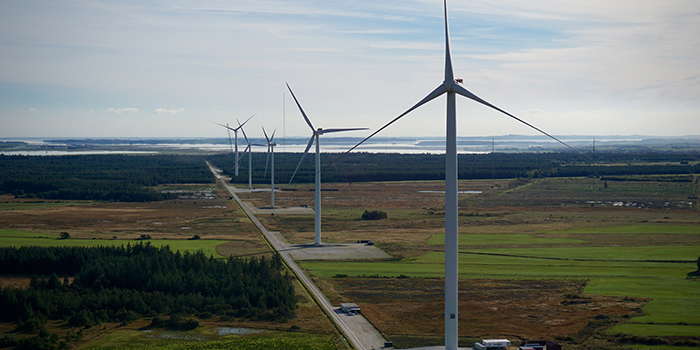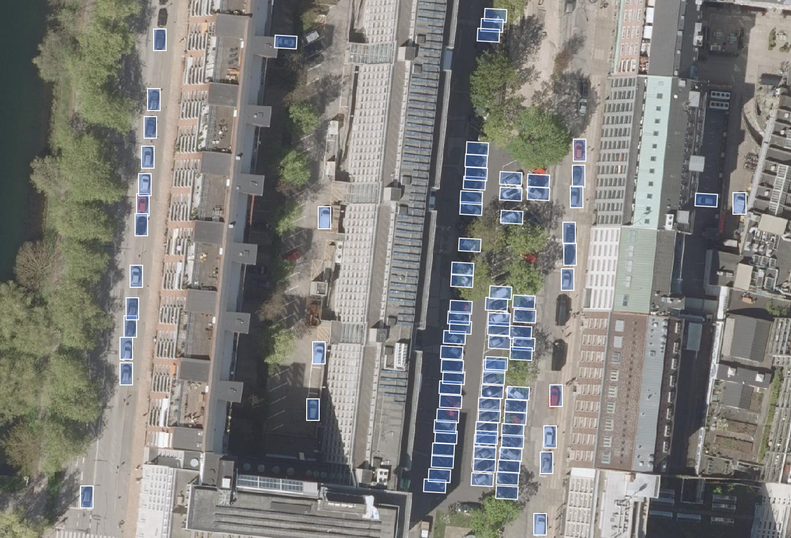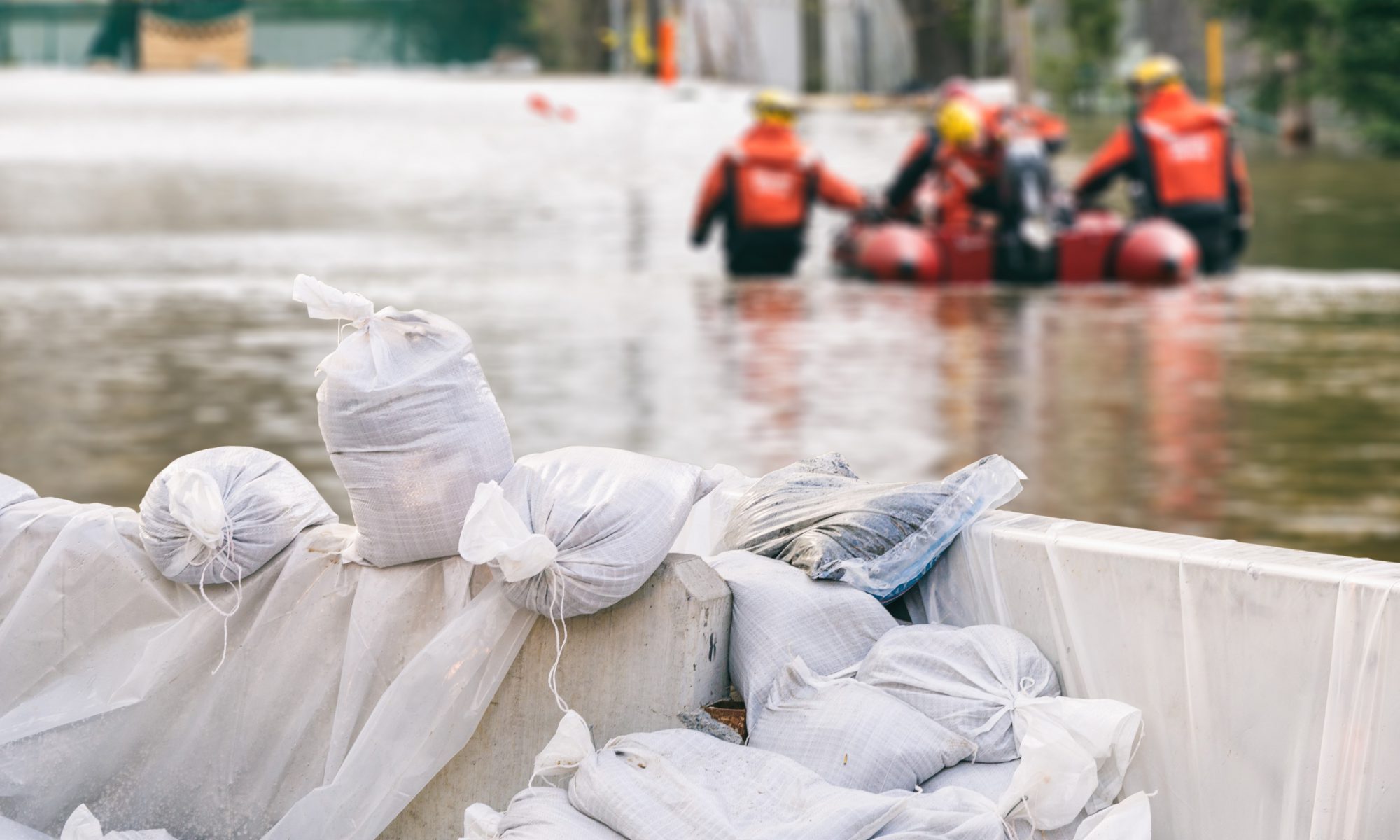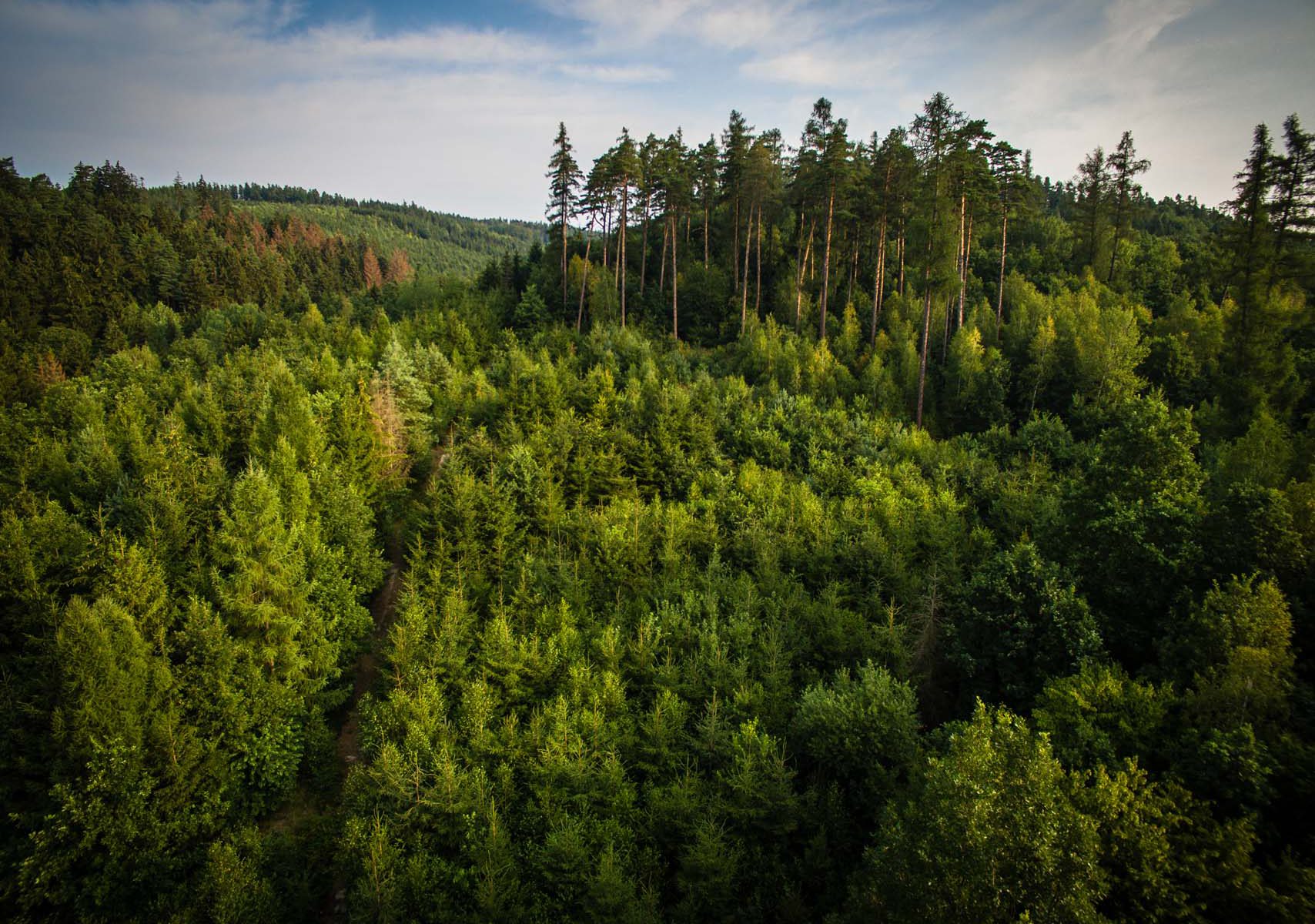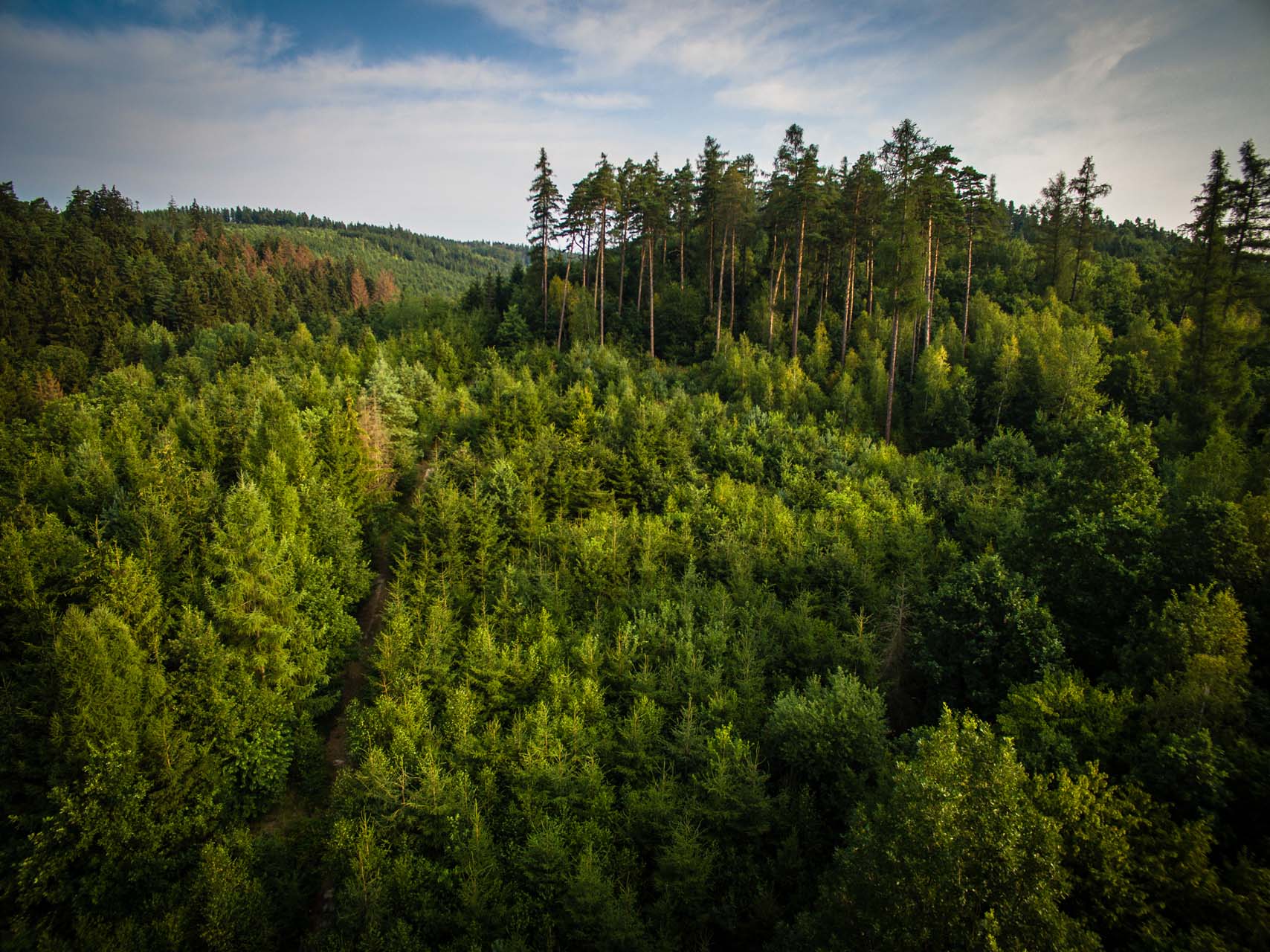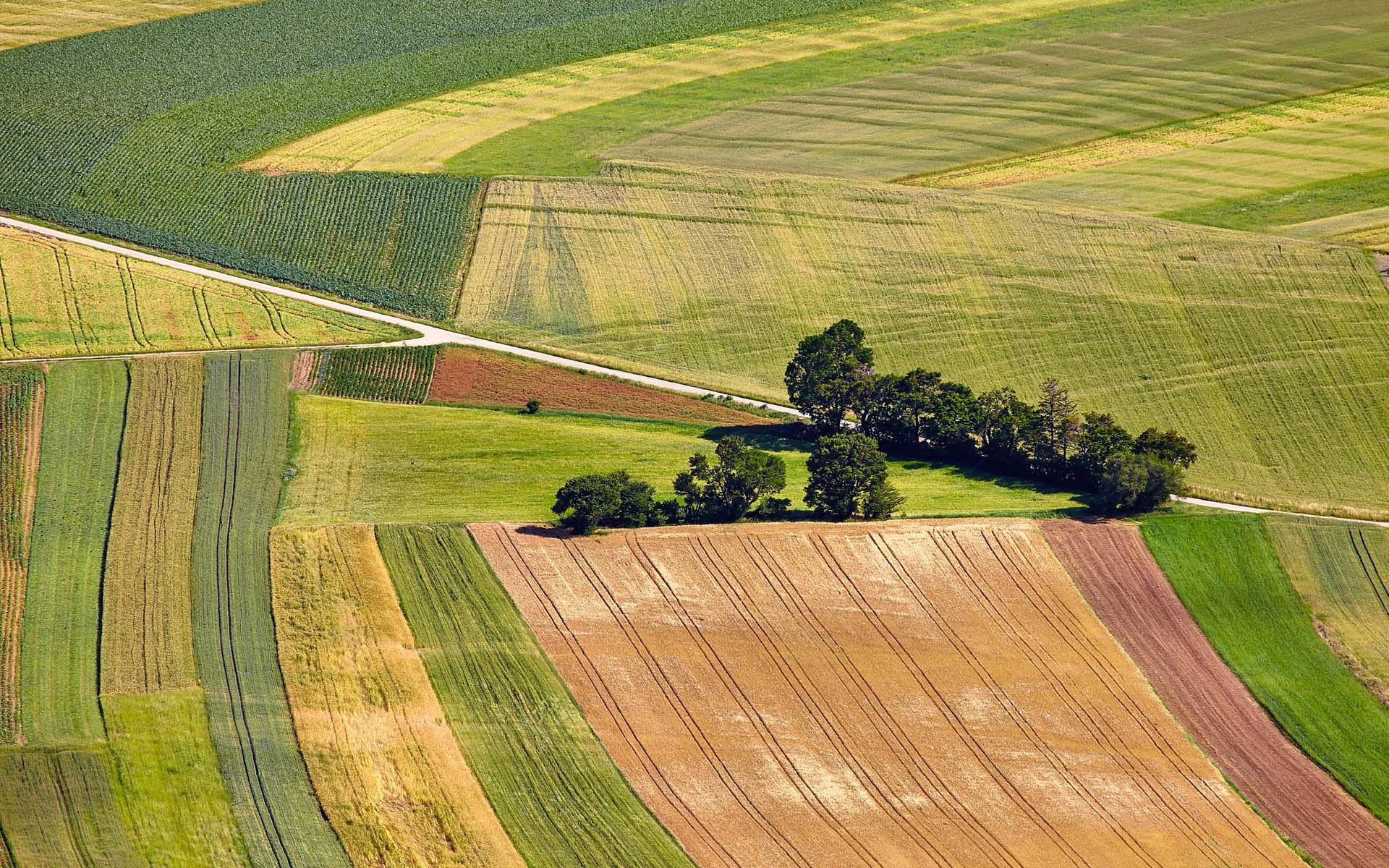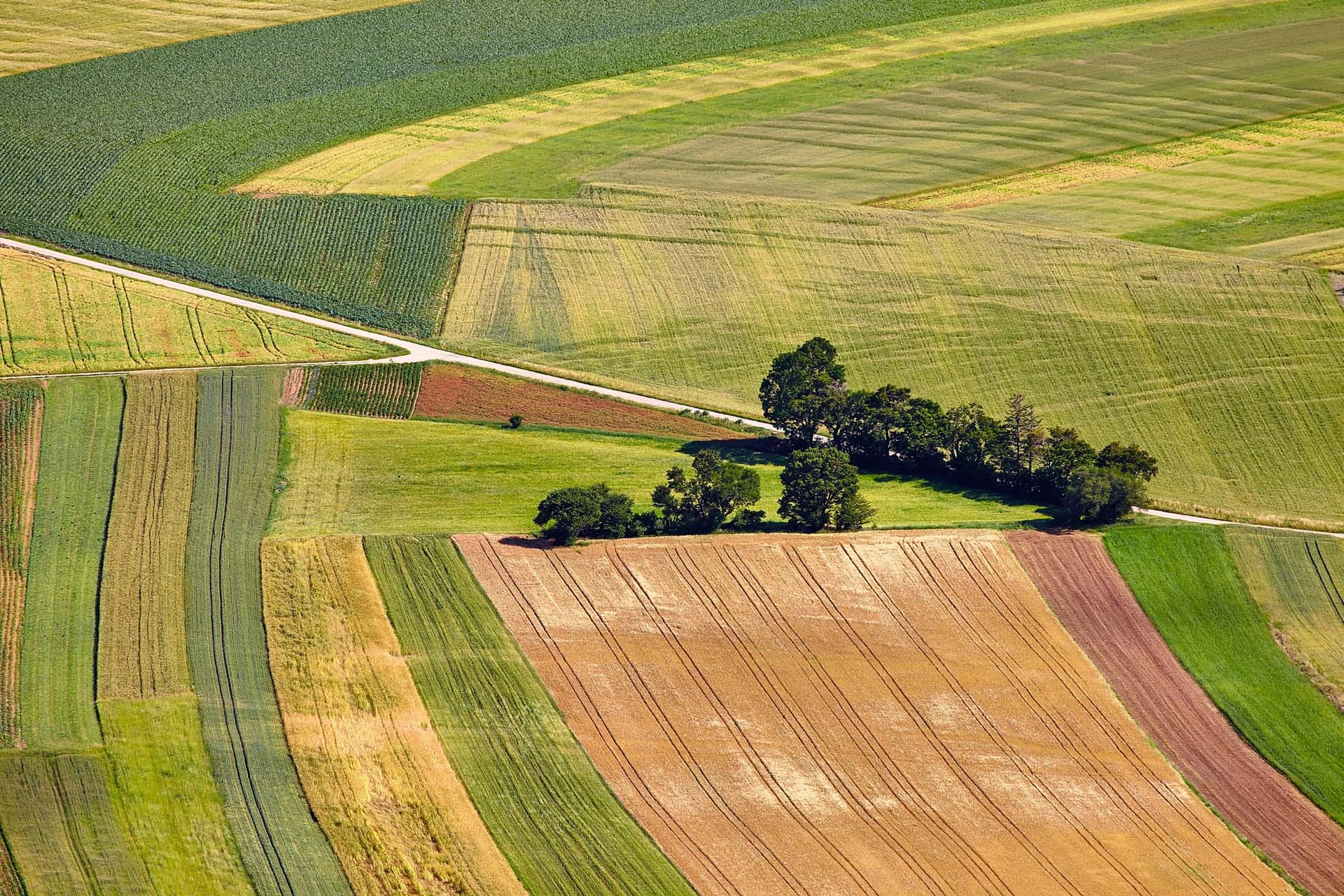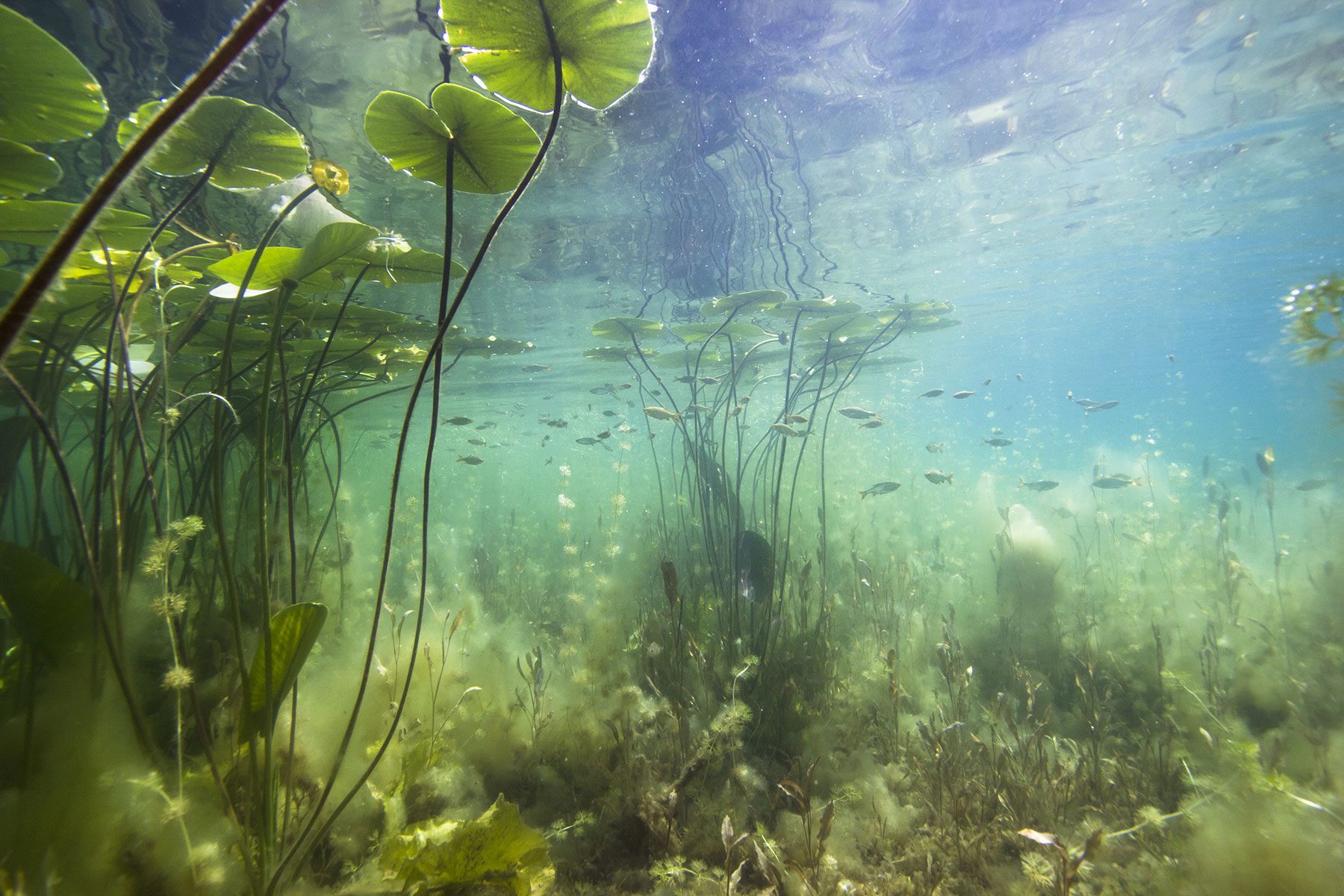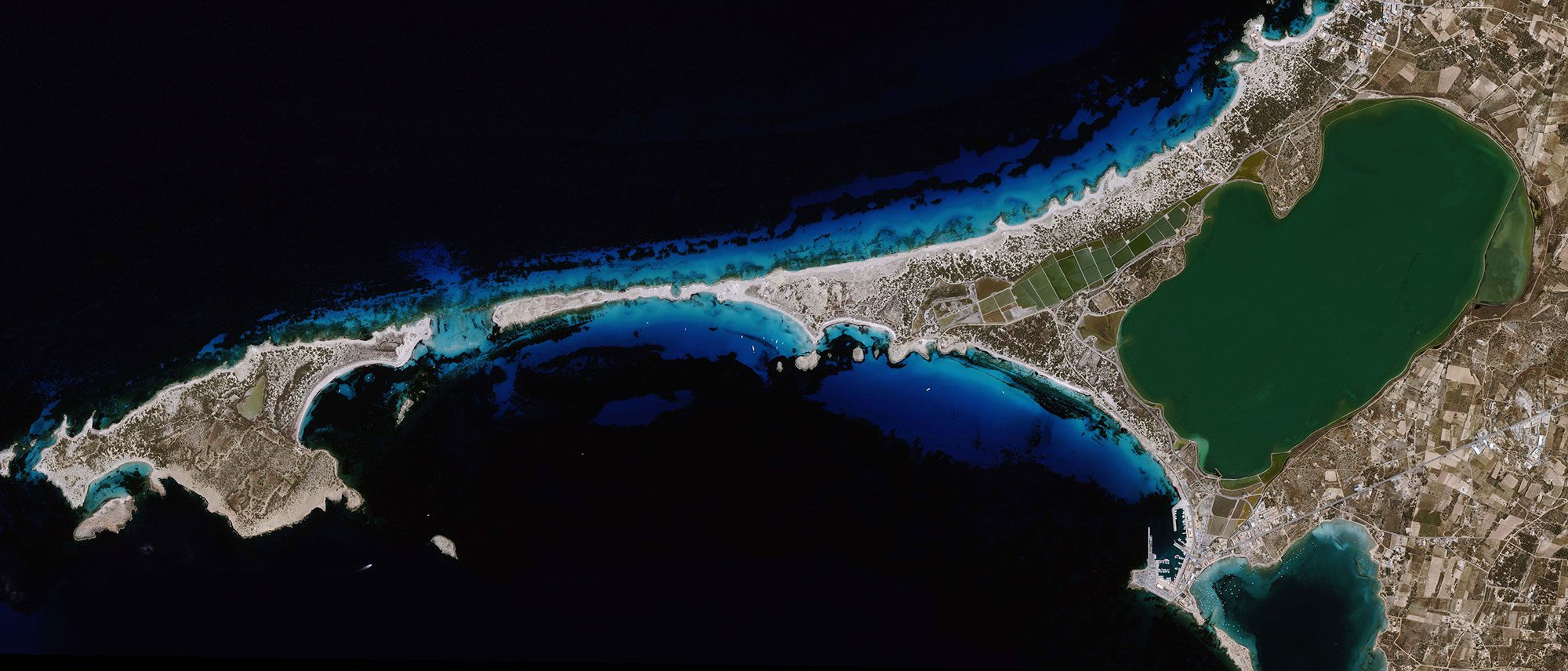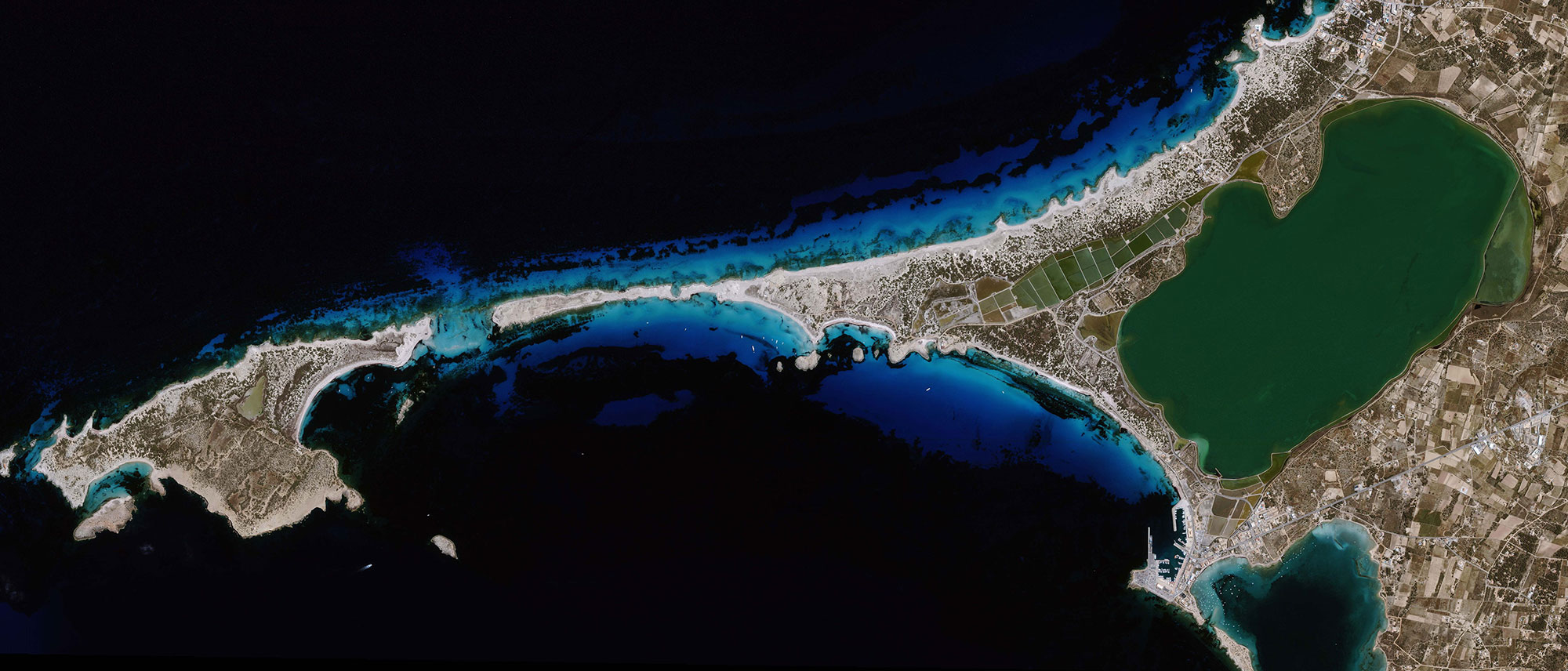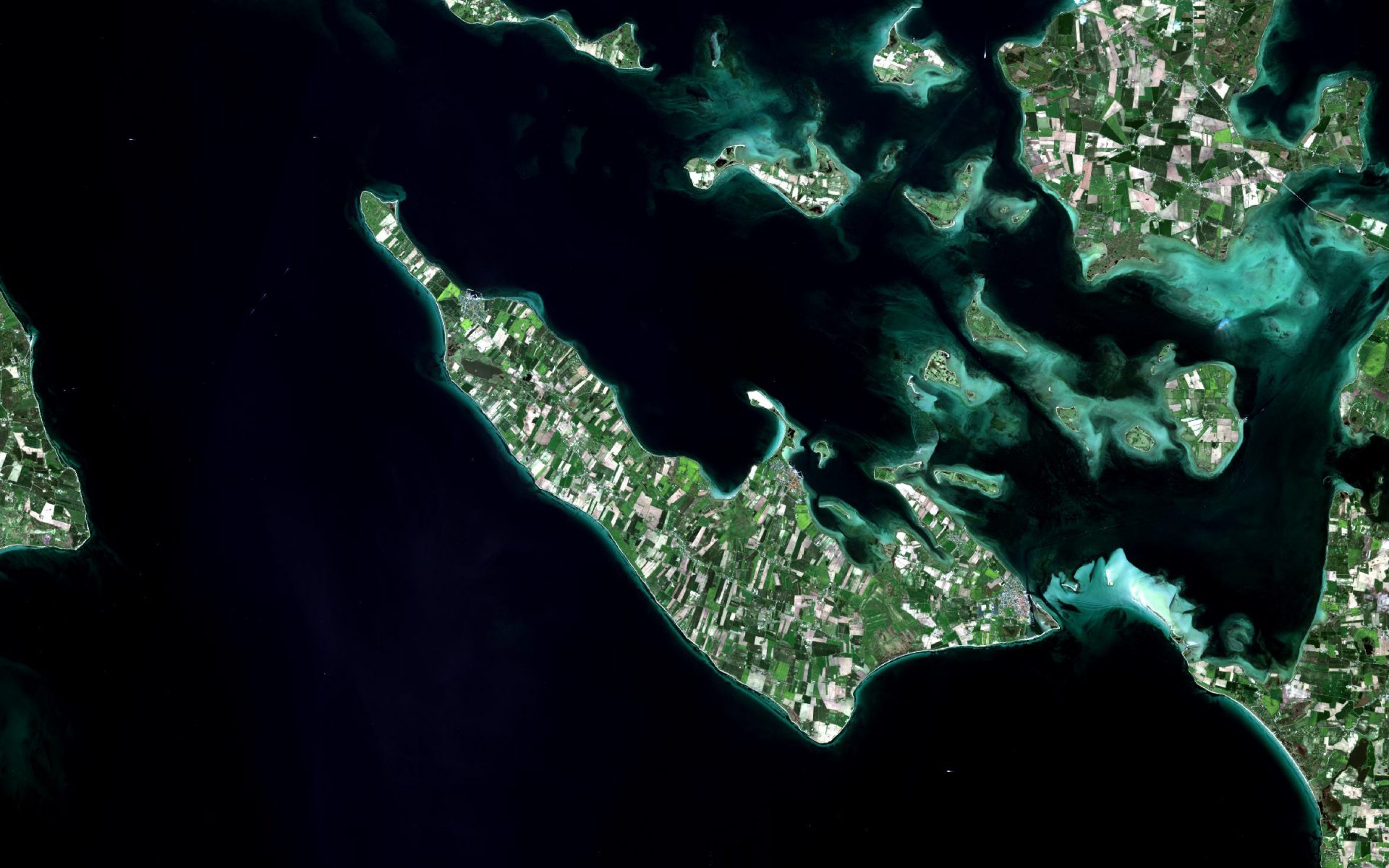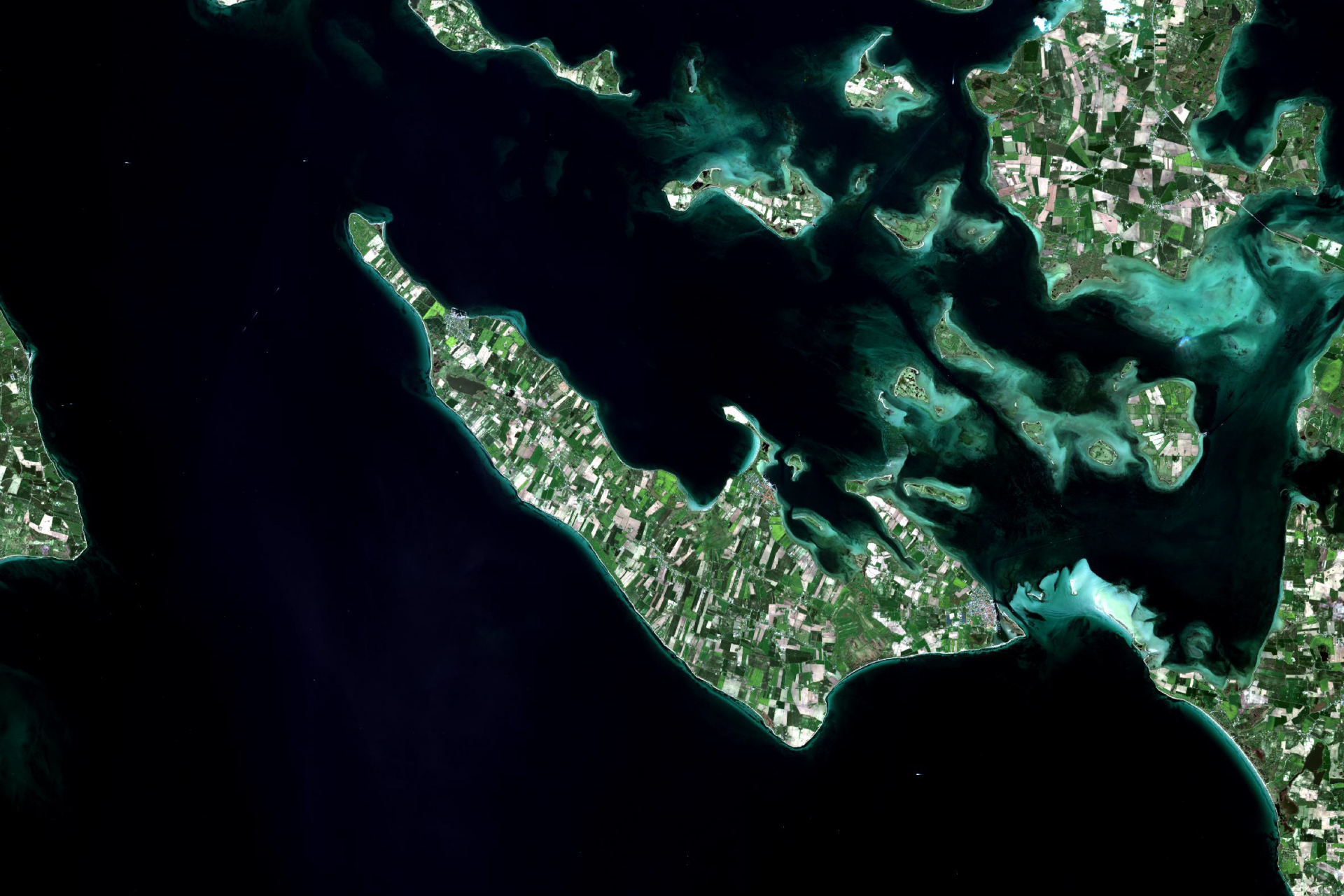WindSight is all about providing the right input data to lower the error of the wind resource estimations. . . . . .
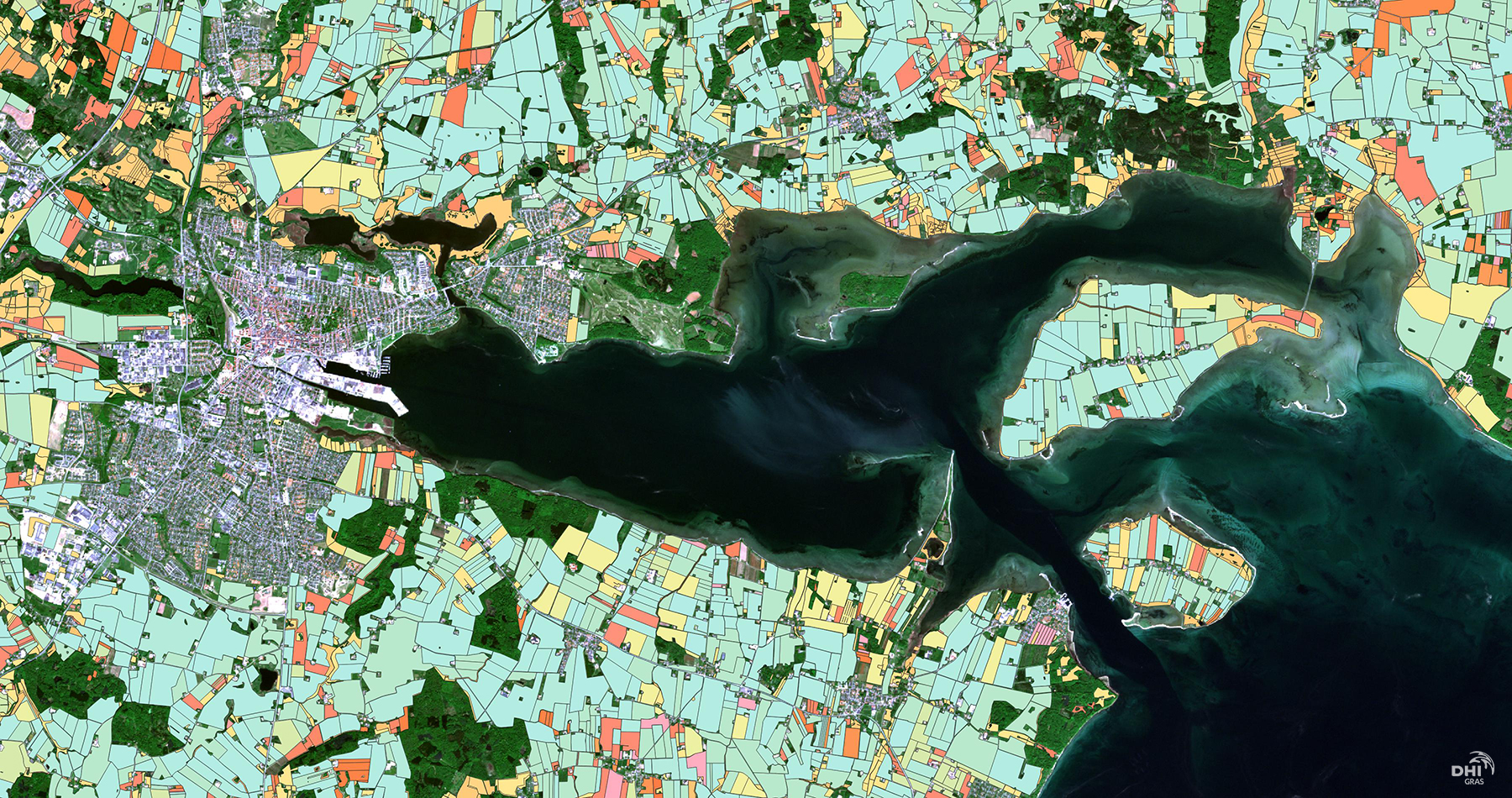
VeriCAP
The flexible service for verification of the Common Agricultural Policy

Why is it important?
Every year, paying agencies across the EU performs thousands of on-site control visits to field parcels across nations, to check if farmers report correctly on crop types and farm management practices according to the rules, procedures and eligibility requirements under the framework of EU’s Common Agricultural Policy (CAP). A single control visit is often not sufficient to cover the different agricultural activities over the year, thus increasing demands of time and resources for both paying agencies and applicants.
How can it help?
In line with the requirements of the 2020 CAP reform, aiming to modernize and simplify CAP requirements, satellite-based CAP monitoring solutions are increasingly being adopted to address the existing monitoring burden, as a cost efficient and effective solution to monitor crops and activities on field parcels at national level.
VeriCAP provides a streamlined and accurate check by monitoring (CbM) solution to monitor crop types and farm management practices according to CAP rules and requirements. VeriCAP has been developed, tested and operationally implemented at national level by the Danish Agricultural Agency (DAA), as an end-to-end CAP monitoring solution, enabling them to harmonise existing monitoring frameworks, reduce the need for field visits and ultimately, increase effectiveness and reduce costs.
VeriCAP provides an integrated, scaleable and flexible solution that serves the specific priorities and local conditions of each EU member state or regional authority.
What you get!
A powerful back-end image processing chain for handling petabytes of satellite data to validate parcel boundaries, map and monitor crop types, grassland activity, harvest and ploughing and catch crops.
An advanced analytics toolbox for machine learning, deep learning and time series analysis and a sleek front-end web viewer for easy presentation of results and reporting.
A tailored and integrated solution conforming to local conditions and specific needs and requirements of the client.
Typical customers?
National and regional paying agencies in the EU with a need to increase effectiveness in CAP monitoring in line with the requirements of the CAP2020 reform
Specifications
- Six core CAP monitoring services:
- Parcel boundary validation
- Crop classification
- Grassland activity
- Ploughing
- Harvest
- Catch crops
- Parcel level analysis as well as subparcel /pixelbased analysis and products – making best use of Sentinel 1/2, Landsat and commercial data sources, such as Planet data.
- Markers updated on a daily basis and solution is operational on national scale
- A sleek and customized interactive web viewer for easy data visualization, interpretation and reporting
- The solution is available for any country or regional authority in the EU and flexible to be implemented based on the specific needs, regulations, and regional conditions
EOatDHI part of the DHI GROUP
gras@dhigroup.com
+45 4516 9100
Agern Alle 5,
2970 Hørsholm,
Denmark
CVR: 36466871








